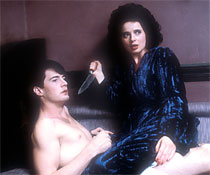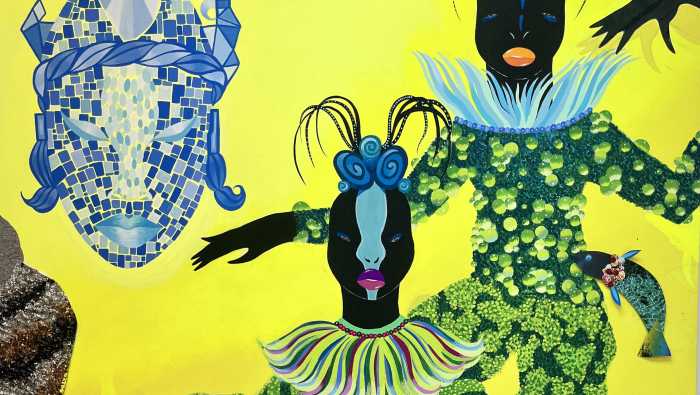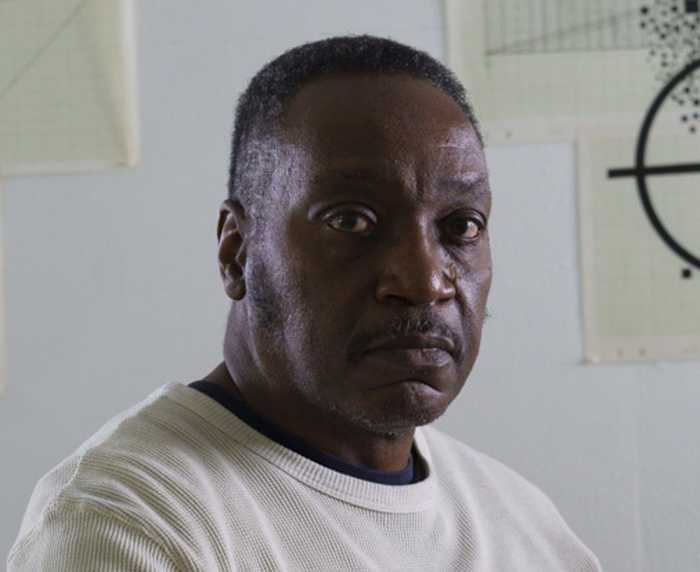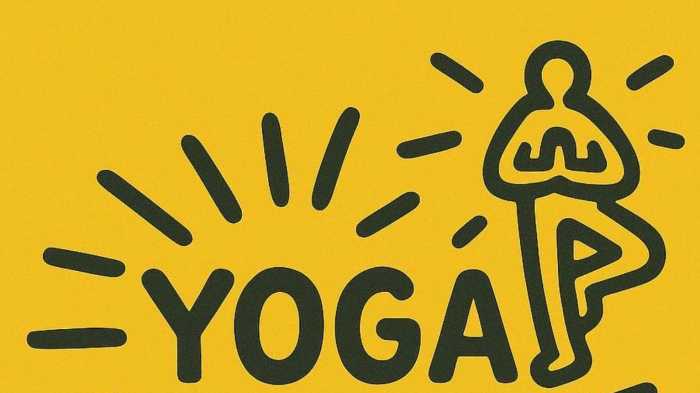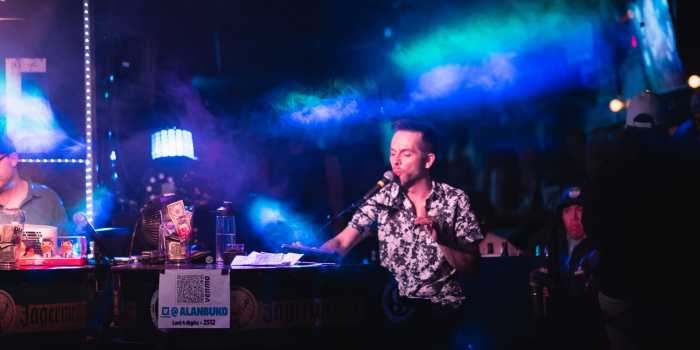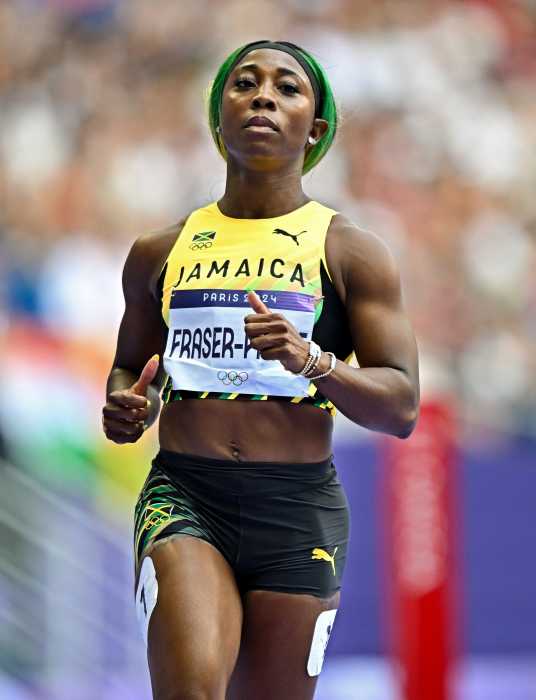Frenchman Olivier Assayas has been among
the most consistently interesting filmmakers of the past decade.
His breakthrough film, 1994’s "Cold Water," introduced
grateful audiences to luminous actress Virginie Ledoyen. In 1996,
his moviemaking spoof "Irma Vep" introduced him to
his now ex-wife, Hong Kong actress Maggie Cheung. His last three
films have been astonishingly varied: 1998’s "Late August
Early September," a serious study of adrift 20-somethings;
the beautifully photographed, three-hour literary epic, 2000’s
"Les Destinees"; and 2002’s cyberthriller "demonlover."
It goes without saying that Assayas’ cinematic curiosity knows
no bounds.
His newest film, "Clear," starring Cheung, premieres
this fall at various festivals. And a new BAMCinematek series,
"I Can Hear the Guitar: Selected by Olivier Assayas"
(Aug. 26-Sept. 16) shows he’s as intrigued by others’ movies
as by his own.
The 16 films in the series represent Assayas’ thinking of how
music informs movies. As anybody who’s seen his films knows –
especially the dynamic use of rock music on the soundtracks of
"Cold Water," "Irma Vep" and "demonlover"
– Assayas has a playfully serious attitude toward music in movies,
utilizing it in ways that cement an emotional bond with his audience.
(Even Guillaume Lekeu’s chamber music during "Les Destinees"
is fraught with dramatic meaning: Lekeu died in 1894 at age 24.)
The series title comes from the movie "I No Longer Hear
the Guitar," directed by Philippe Garrel based on his relationship
with Nico, the longtime Andy Warhol acolyte. Assayas considers
Garrel to be a true cinematic poet, and his tribute to him is
the witty gloss on Garrel’s title.
Opening the series on Aug. 26 is a double feature of ’60s avant-garde
cinema: Kenneth Anger’s infamous "Scorpio Rising" (1963)
and Warhol’s "Vinyl" (1965), both prime examples of
counter-culture moviemaking and, to Assayas, highlighted by musical
soundtracks deeply interwoven into that sub-cultural aesthetic.
In the late ’70s, when punk music quickly changed the landscape
– and sound – of rock music, and, by extension, pop culture,
several directors made low-budget, shoestring movies that corresponded
to the punk aesthetic, according to Assayas, who had wondered
at that time whether moviemaking could move along the same plane
as music’s punkish anarchy.
Assayas found his answer in films made by three directors: John
Carpenter’s "Assault on Precinct 13" (1976; Aug. 27),
David Cronenberg’s "Videodrome" (1982; Aug. 29) and
a double-bill from horror master Wes Craven – 1972’s "Last
House on the Left" and 1977’s "The Hills Have Eyes"
(Aug. 28). When Assayas began writing for the influential French
film journal, "Cahiers du Cinema," he was among the
only writers touting "Videodrome" as an entirely new
– and welcome – direction for movies to move toward.
Since the brief explosion that was punk was so influential, it
makes sense that Assayas would choose a film that touches on
that era directly: 1980’s "Rude Boy" (Sept. 4), from
director John Hazan, features The Clash on the soundtrack and
in concert footage. "Rude Boy" also stars actor Ray
Gange as the eponymous roadie; in its intermingling of staged
footage and actual music-making, "Rude Boy" shares
an unlikely kinship with Jean-Luc Godard’s utterly bizarre document,
1968’s "One Plus One" (Aug. 30).
Also known as "Sympathy for the Devil," Godard’s agit-prop
relic of the bygone late ’60s juxtaposes the Rolling Stones rehearsing
their now-classic anthem with fictional scenes of Marxist revolutionaries
led by Godard’s then-wife, actress Anne Wiazemsky. Assayas remembered
"One Plus One" vividly as a film that marked precisely
a distinct moment in time, and although it has become considerably
dated (as have most Godard works from this era), it remains a
valuable historical document.
Another forgotten film that’s a vivid snapshot of a specific
time and place is Bertoglio’s "Downtown 81," which
closes the series on Sept. 16. Starring artist Jean-Michael Basquiat
as himself in a surrealist "day in the life" and featuring
a cameo by Debbie Harry of Blondie fame, "Downtown 81"
is a colorful journey back in time to the bustling, "new
wave" era East Village.
A trio of world-class directors rounds out Assayas’ series: Martin
Scorsese, David Lynch and Assayas himself. Scorsese’s 1995 "Casino"
(Sept. 6), like his previous mob movie "GoodFellas,"
nearly overdoses on the dozens of pop and rock songs on the soundtrack,
which Assayas approvingly calls "[Scorsese’s] personal jukebox."
Lynch’s "Blue Velvet" (1986; Sept. 13) is infamous
for its perverse use of Roy Orbison’s hit "In Dreams,"
but Assayas also points out Lynch’s influential sound design,
which blends music, effects and natural sounds into a sinister
and creepy multi-layered montage.
Finally, Assayas’ "Cold Water" (Sept. 3) is a disturbing
study of alienated youth that remains the director’s most successful
blending of music with visual imagery. It’s a perfect choice
for this series, whether or not it was made by the "selector"
himself.
Additional films in the series include: Monte Hellman’s "Two
Lane Blacktop (1971; Aug. 31), Harmony Korine’s "Gummo"
(1997; Sept. 2), James William Guercio’s "Electra Glide
in Blue" (1973; Sept. 7) and Richard Sarafian’s "Vanishing
Point" (1971; Sept. 14).
"I Can Hear the Guitar: Selected
by Olivier Assayas" plays at the BAMCinematek (30 Lafayette
Ave. at Ashland Place in Fort Greene) Aug. 26-Sept. 16. Tickets
are $10, and $6 for seniors and students with a valid ID. For
screening times, call (718) 636-4100 or visit the Web site at
www.bam.org.


